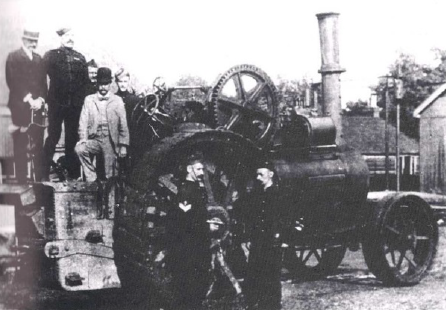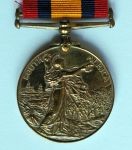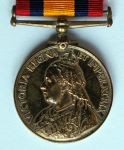Traction Engines
STEAM TRACTION ENGINES
One major problem that James L B Templer encountered when he was working with balloons in the military was the shear weight of the equipment which would include the balloon, the basket, associated rope and the gas bottles for inflating the balloon. This would include the day to day equipment for the troops looking after the balloon. At the time the normal means of transport was the horse and cart, unless railways were available, but horses needed vast amounts of fodder and supplies and extra troops to look after them.
James looked at the problem and decided that he would try these new fangled steam traction engines, which could draw two or more large carriages, or even large cannons. I suspect that he fell in love these big beast.
Col Templer standing on the footplate in the middle
Boer War
At the beginning of the Boer War, James was appointed Director of Steam Road Transport ((DSRT) although at the time he was the Superintendent of the Balloon Factory. After a few trials and tribulations, traction engines arrived in South Africa, where they proved their worth in transporting large amounts of goods, long distances.
James’ cousin Henry Lethbridge Templer who was a mining engineer out in South Africa, must have been seconded to help James, as Henry was awarded the Queens South Africa medal.







